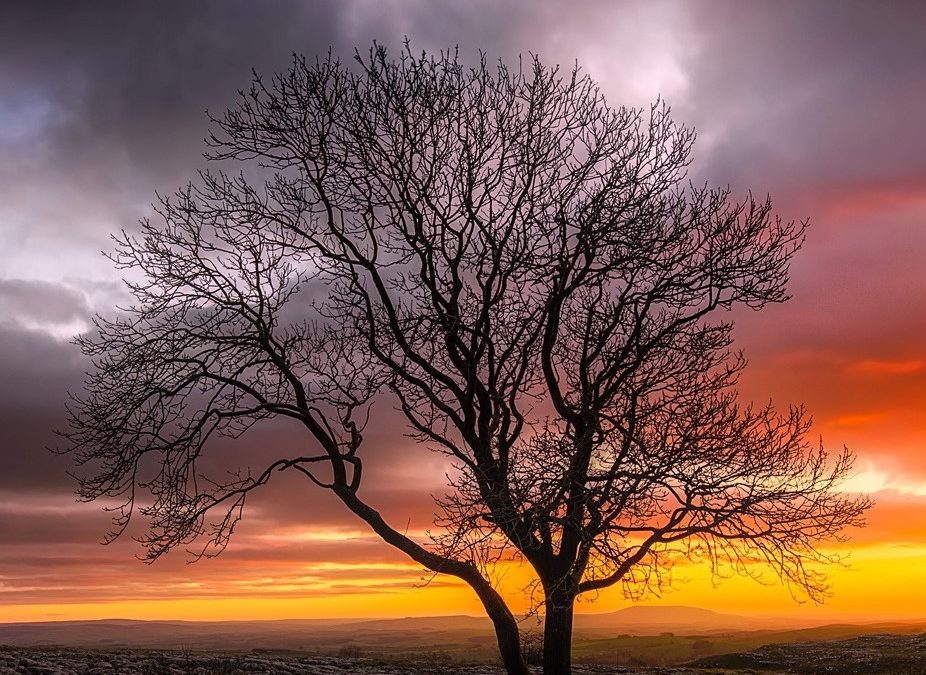In the meantime what can we plant to fill some of the gaps
We have very few tall growing Native trees, that is trees that would make the canopy in a Natural multilayered forest.
We have Alder, Birch, Sessile Oak, Pedunculate Oak and Scots pine and thats it.
Alder and Birch are pioneer trees that naturally come into soils that are disturbed and then left ungrazed, they are relatively fast growing and shortlived. Life expectantcy of 100years or less, they also act as nurse trees helping create conditions for a mixed forest to thrive. Alder fixes nitrogen from the air that becomes available as food for other neighbouring trees in the soil. Birch provides shelter and helps improve poor acidic soils.
But most our Ash our found in in the hedge rows and I think Oak is the well suited to this position but unlikely to self seed with same prolificness of Ash. They would need planting and some protection in early years. Although Oak is slow growing it speeds up significantly as gets it root system established, this is helped by mulching in first 3 years and overall isn’t really that much slower than Ash. Given time and protection Oak will grow into mighty ancient trees that will out live many generation to come.
Sessile Oak is suited to Lighter acidic soils and naturally found around coastal and upland regions.
Pedunculate Oak is suited to deeper soils and heavy clay soils. Both Oaks can tolerate some waterlogging in winter.
Scots Pine sheds its lower branches as it grows and so can grow very tall without casting so much shade, this makes an attractive tree for farmers not wanting to lose grazing to trees, so when spaced out along hedgerows or even within pasture they can work well in farming.
Scots pine like a dry spot, the soil can be light and thin and they will still thrive as long as its dry.
So if you are seeing Ash trees dying back around you, why not see if you can see if you can replace a few with another native tree.

